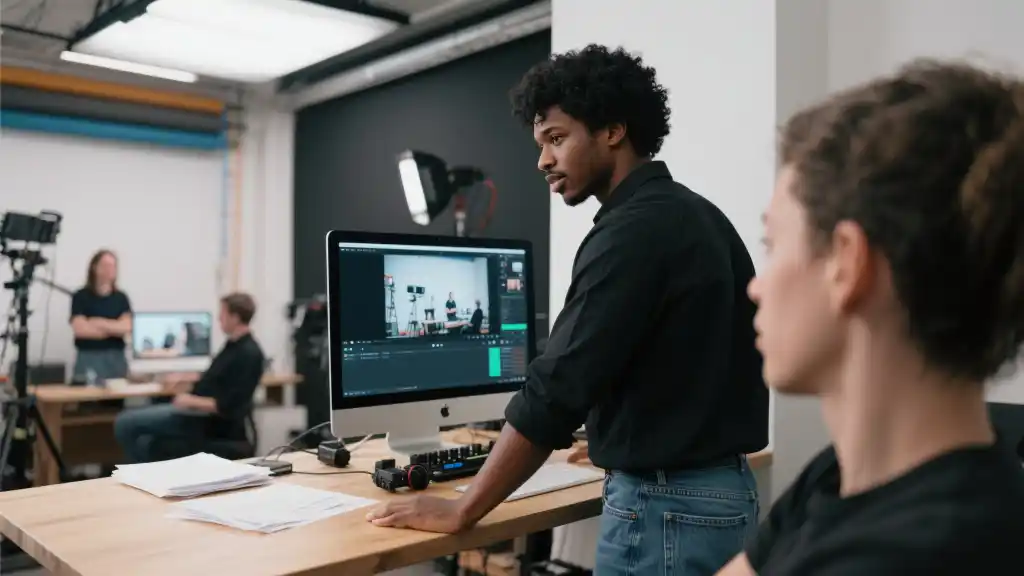Article directoryCloseOpen
- Visual Masterpiece or Overrated Graphics?
- Storytelling: A Journey Through Samurai Lore
- Gameplay Mechanics: Innovation or Imitation?
- Community Reactions: Divided Opinions
- Frequently Asked Questions (FAQ)
- What platforms is Ghost of Tsushima available on?
- How long does it take to complete Ghost of Tsushima?
- Is Ghost of Tsushima based on real historical events?
- Can I play Ghost of Tsushima in co-op mode?
- What is the rating of Ghost of Tsushima?
“Ghost of Tsushima” has taken the gaming community by storm, praised for its stunning visuals and immersive gameplay. But amidst all the praise and fervor, it’s crucial to dive deeper to understand what really defines its rating. Is it just the surface beauty, or does it carry depth worth exploring?
Visual Masterpiece or Overrated Graphics?
At first glance, the breathtaking landscapes of Tsushima Island immediately capture your attention. Every blade of grass, every cherry blossom petal dances in the wind, creating an ambiance that feels almost alive. The art direction is exquisite, and many players find themselves pausing just to take in the scenery.
However, while the visuals are a significant draw, it’s essential to ask whether the game’s mechanics can hold up to this aesthetic splendor. Critics argue that while the graphics are exceptional, they might overshadow some gameplay mechanics that aren’t as polished. It raises an important point: Do we value surface-level beauty over substantive gameplay?
Storytelling: A Journey Through Samurai Lore
Let’s talk about the narrative. Set in feudal Japan during the Mongol invasion, “Ghost of Tsushima” offers a deeply engaging story about honor, sacrifice, and the complexities of the samurai way of life. Players get to experience Jin Sakai’s transformation from a traditional samurai to a ghostly warrior, a journey that challenges his values.
But does the story truly resonate with players? Many have lauded the emotional depth of the characters and the moral dilemmas they face. The choices you make throughout the game lead to multiple endings, adding layers of replayability that keep players engaged long after the credits roll.

Gameplay Mechanics: Innovation or Imitation?
Now, let’s dive into the gameplay. The combat system is where “Ghost of Tsushima” shines brightly. With fluid swordplay and an impressive array of combat techniques, it offers players numerous ways to tackle challenges. Players often report an adrenaline rush derived from mastering the timing of parries and counterattacks.
However, there are criticisms as well. Some accuse the game of being formulaic, with side quests and activities that may feel repetitive. Exploring the vast open world can sometimes lead to a feeling of wandering without direction, which could detract from the overall experience.
| Aspect | Rating | Main Strength | Critique | Overall Impression |
|---|---|---|---|---|
| Visuals | 10/10 | Stunning landscapes | Surface beauty over depth? | Breathtaking |
| Story | 9/10 | Emotional depth | Some predictable moments | Engaging |
| Gameplay | 8/10 | Innovative combat | Repetitive tasks | Impressive but flawed |
Community Reactions: Divided Opinions
The community’s reaction to “Ghost of Tsushima” has been anything but uniform. While many celebrate its achievements, others argue that it doesn’t break new ground. This division often leads to heated discussions in gaming forums and social media, as players express their opinions passionately.
So, what does it all mean for the game’s rating? Ratings are subjective, shaped by personal experiences and expectations. Whether you find the game a groundbreaking experience or just another title in a crowded market, the conversation around it is undoubtedly vibrant. The game might just be one that you have to play to make your own judgment.
Ghost of Tsushima has garnered impressive ratings from a wide array of gaming critics as well as enthusiastic players. Its standing on Metacritic is particularly noteworthy, with the PS4 version achieving a score of 82, while the PS5 adaptation soars even higher at

The acclaim isn’t just limited to numbers on a scoring board. Players have praised how the game brings the world of feudal Japan to life, immersing them in breathtaking landscapes that are intricately designed. Many have resonated with the character-driven story that pulls on emotional strings, making them feel deeply connected to Jin Sakai’s journey. Whether it’s the lush fields of Tsushima or the intricacies of samurai combat, it’s evident why Ghost of Tsushima has struck a chord with so many and found its place in the hearts of the gaming community.
Frequently Asked Questions (FAQ)
What platforms is Ghost of Tsushima available on?
Ghost of Tsushima is available on PlayStation 4 and PlayStation
How long does it take to complete Ghost of Tsushima?
The main story of Ghost of Tsushima takes approximately 15-20 hours to complete. However, if you wish to explore all side quests and fully customize your character, it can take upwards of 30-50 hours or more, depending on your playstyle.
Is Ghost of Tsushima based on real historical events?
Yes, Ghost of Tsushima is inspired by real historical events, specifically the Mongol invasion of Japan in the late 13th century. While the characters and story are fictionalized, the game incorporates elements of Japanese history and culture during that time period.
Can I play Ghost of Tsushima in co-op mode?
The base game of Ghost of Tsushima does not feature co-op gameplay, but the “Ghost of Tsushima: Legends” expansion introduces a multiplayer cooperative mode, allowing players to team up and tackle various missions and challenges together.
What is the rating of Ghost of Tsushima?
Ghost of Tsushima has received high ratings from various gaming outlets and players alike. On Metacritic, the game holds a score of 82 for the PS4 version and 88 for the PS5 version, indicating generally favorable reviews and acclaim for its visuals, story, and combat system.
